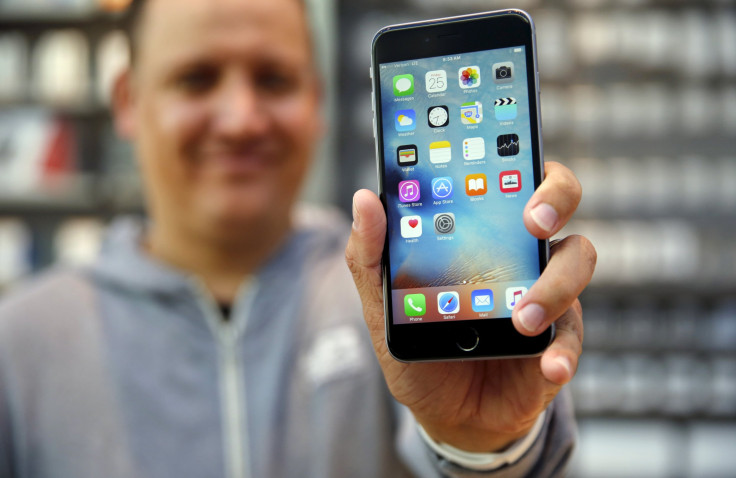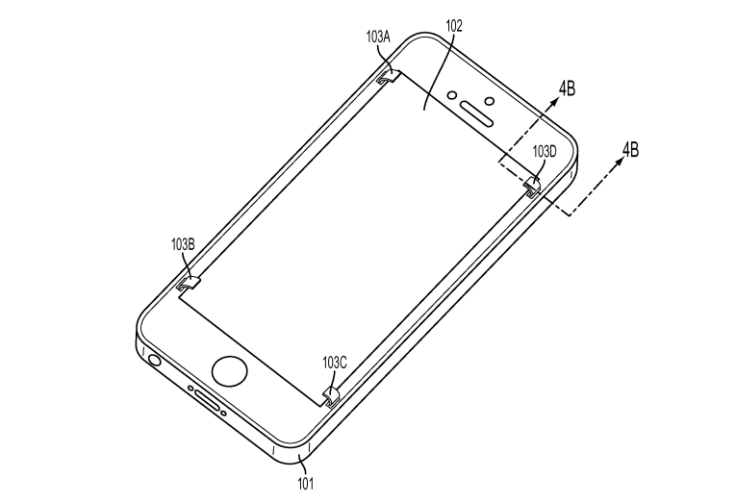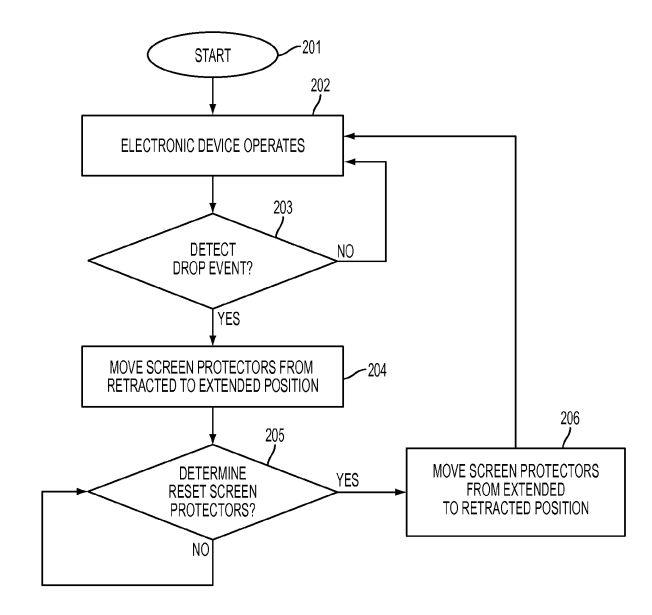iPhone 7 Rumors: Apple Inc. Invents Active Screen Protector To Make Shattered Displays A Thing Of The Past

Dropping an iPhone on the floor can easily cost consumers more than $100 and a trip to the Apple Store to replace a shattered display. But a new invention from Apple could prevent that from happening in the first place.
An Apple Inc. patent application published by the U.S. Patent and Trademark Office Thursday, titled “Active Screen Protection for Electronic Devices,” reveals new mechanisms that can protect a glass touchscreen display from damage. When used in conjunction with built-in accelerometers and sensors, the screen protectors -- positioned on four corners of the display -- would automatically pop up after sensing a fall to serve as a shock absorber for the smartphone.

The protectors can then retract after a set period after sensors detect that falling has stopped. Other versions of the invention also include using the iPhone’s built-in camera to help sense a dropped iPhone. In addition to iPhones, Apple proposes using the invention with a number of its devices, such as its iPads, Apple Watch, iPods and MacBooks.

Apple’s latest smartphone, the iPhone 6S, may not be immune to damage -- as many third-party tests have shown. But the company has taken steps to toughen up the handset, including rubber gaskets to protect against water damage and a stronger aluminum body to prevent the iPhone from bending.

The invention could be especially useful if Apple moves to a bezel-less display with its next smartphone -- unofficially dubbed the “iPhone 7” -- since the handset’s screen would be more exposed on the horizontal edges in drop scenarios.
As with many of Apple’s patent applications and filings, it’s unknown if or when it plans to use the invention in one of its devices. Apple first filed the patent application on Apr. 18, 2014, and credits Apple engineers Tyson B. Manullang, Stephen B. Lynch and Emery A. Sanford as the inventors.
© Copyright IBTimes 2025. All rights reserved.





















